The Bartlett was founded in 1919, and since then we have evolved from an architecture school to the UK’s largest and most multidisciplinary faculty of the built environment.
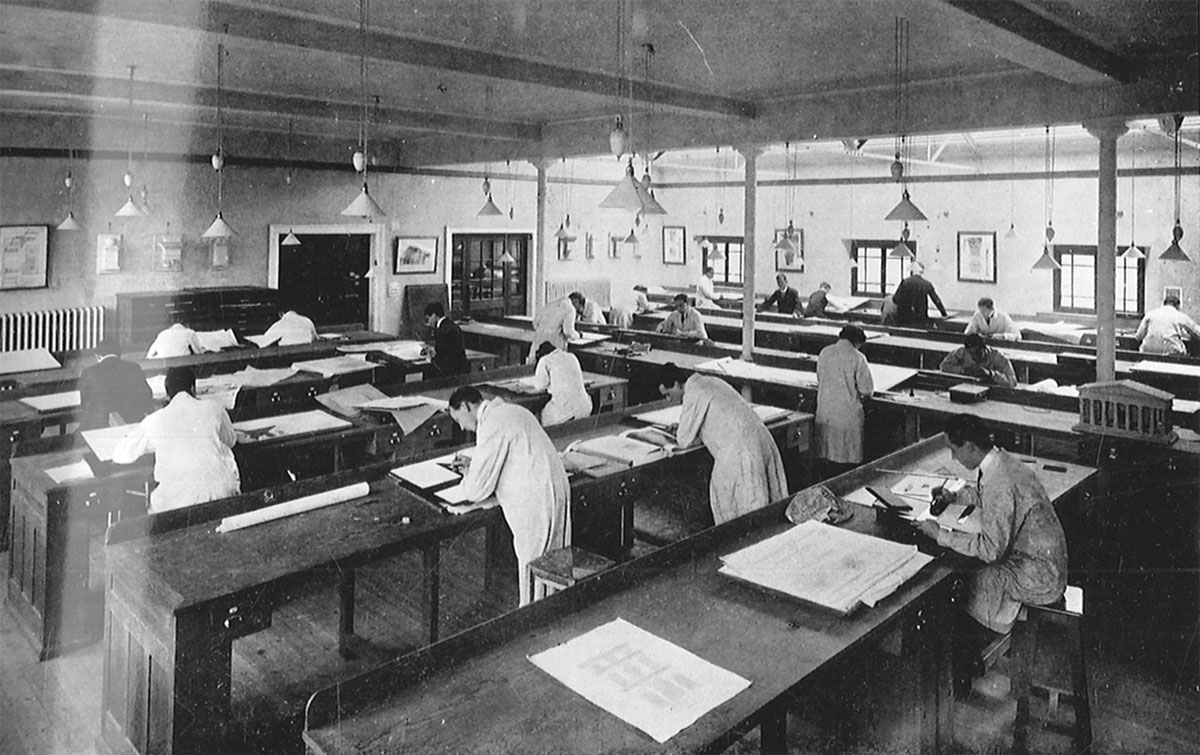
1841
UCL was founded in 1826 as a radical, secular alternative to Oxford and Cambridge. In 1841, the university appointed its first Chair of Architecture, Thomas Leverton Donaldson. His appointment was the first of its kind in the UK, a reflection of UCL’s pioneering spirit.
Thomas Leverton Donaldson was an well-established architect of the time. He designed the Birkbeck Laboratory and the General Library at UCL (the Donaldson Reading Room is named for him). He was also instrumental in the founding of the Royal Institute of British Architects (RIBA). Accordingly, he is considered to be the father of the architectural profession in the UK.
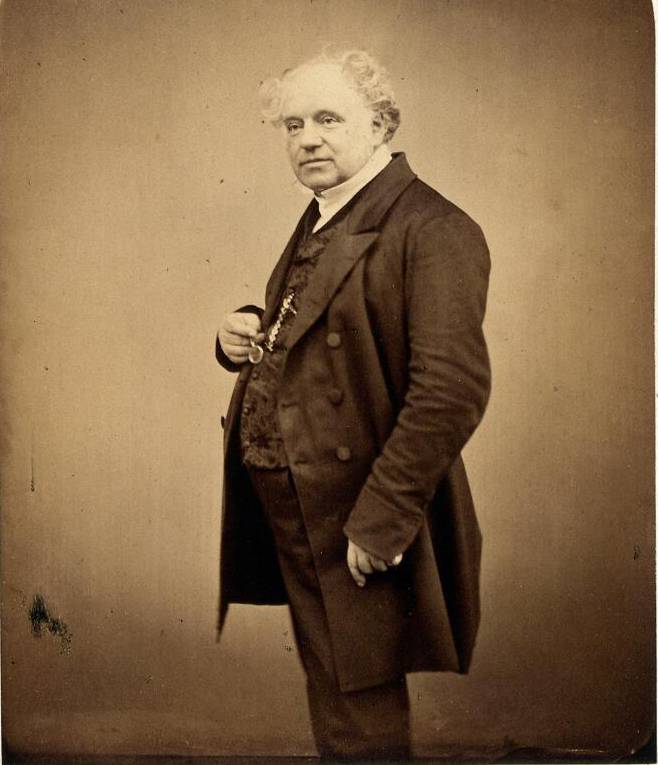
Thomas Leverton Donaldson (Maull & Polyblank)
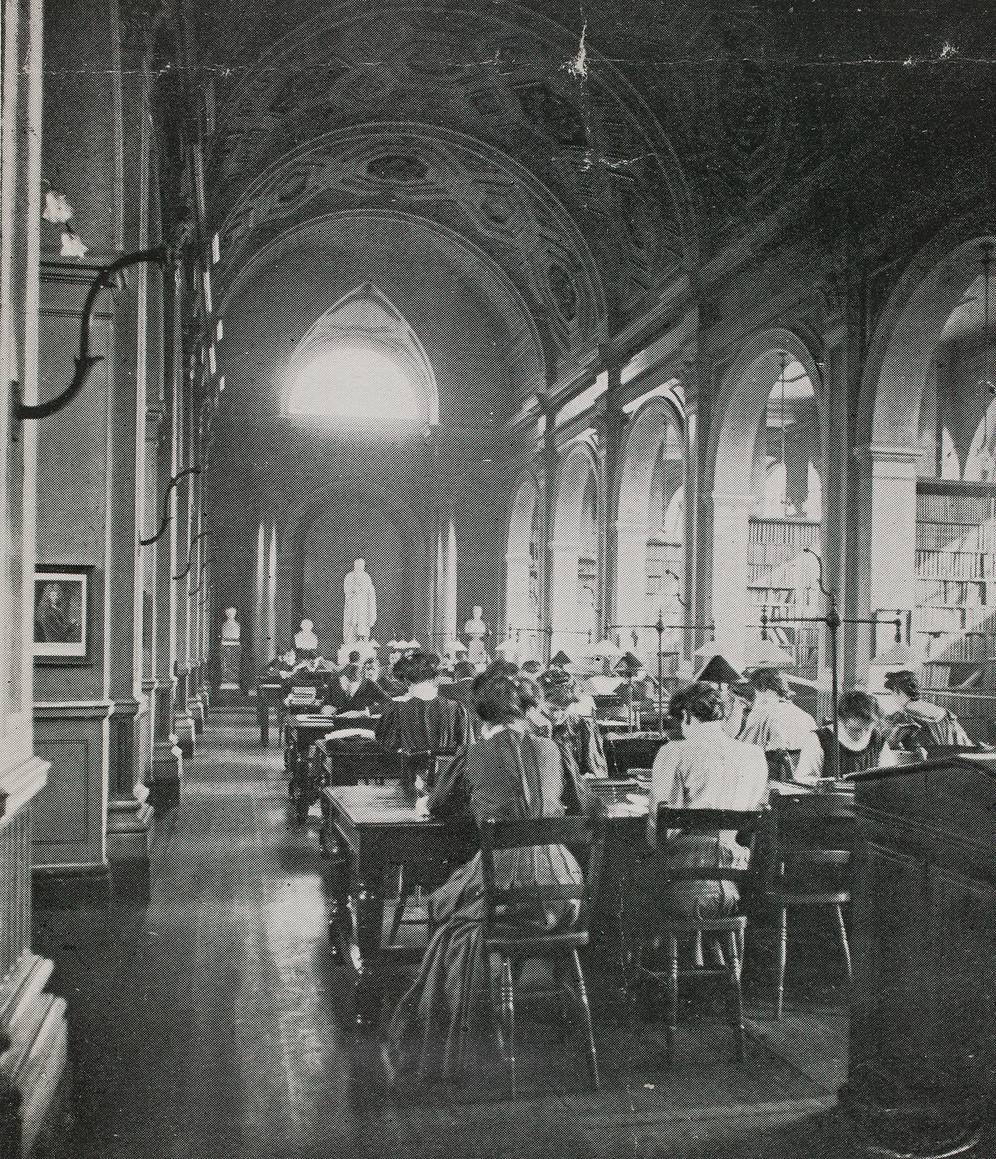
The General Library, now the Donaldson Reading Room.
1894
CR Ashbee sets up the action group, the ‘Committee for the Survey of the Memorials of Greater London’. This group was intended to resist the loss of heritage in London as the city was redeveloped. This would develop into the Survey of London, an ongoing project to map the history of London’s buildings and streets.
1910s
In 1911, Sir Herbert Bartlett donated over £30,000 to UCL to fund a new building for the School of Architecture. Bartlett was a civil engineer and building contractor. Among his contributions to London was the construction of the deep tube under the Thames from Waterloo to Baker Street. This became the first stretch of the modern Bakerloo Line.
In 1913, Stanley Adshead was appointed as The Bartlett’s first Town Planning Chair. This established planning as a key academic discipline within the faculty.
In 1915, Gertrude Leverkus was the first woman to enrol at the school. She graduated and joined RIBA in 1919. Learn more about Gertrude Leverkus.
Herbert Bartlett made his donation anonymously, but eventually consented to his name being revealed, and being attached to the School of Architecture. His donation was used to the build a new base for the school. This would make up the northwest wing of the Gower Street quadrangle, and is now the Pearson Building. This was opened to students following the First World War, in 1919. During the war, it had been used as a temporary hospital.
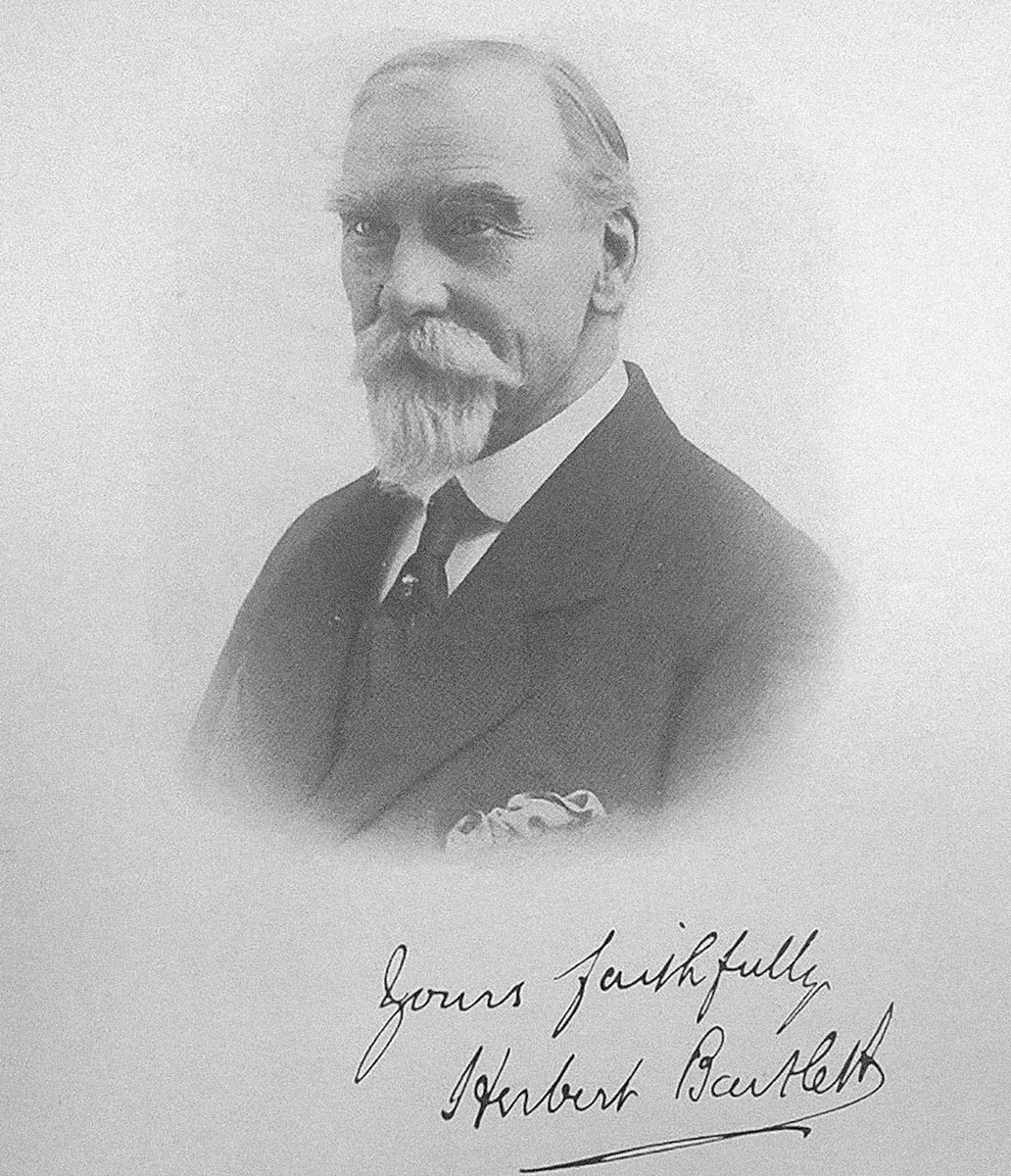
Herbert Bartlett (UCL Special Collections)
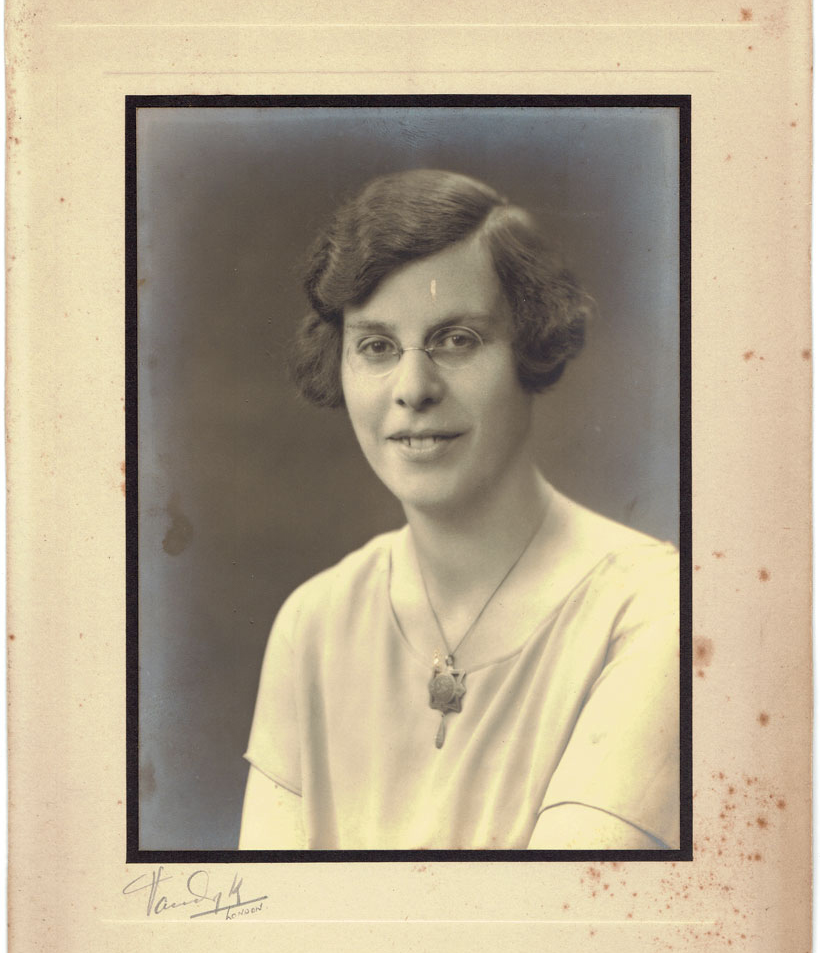
Gertrude Leverkus
1928
The Division of Decoration was established in 1928, with the support of the Incorporated Institute of British Decorators. The curriculum here focused on traditional crafts, like lettering, heraldry, stained glass and mural painting. It was closed in 1963, being out of step with the new, multidisciplinary approach then being championed at The Bartlett.
1939-45
The School of Architecture and Department of Town Planning relocated to St Catherine’s College, Cambridge during the Second World War.
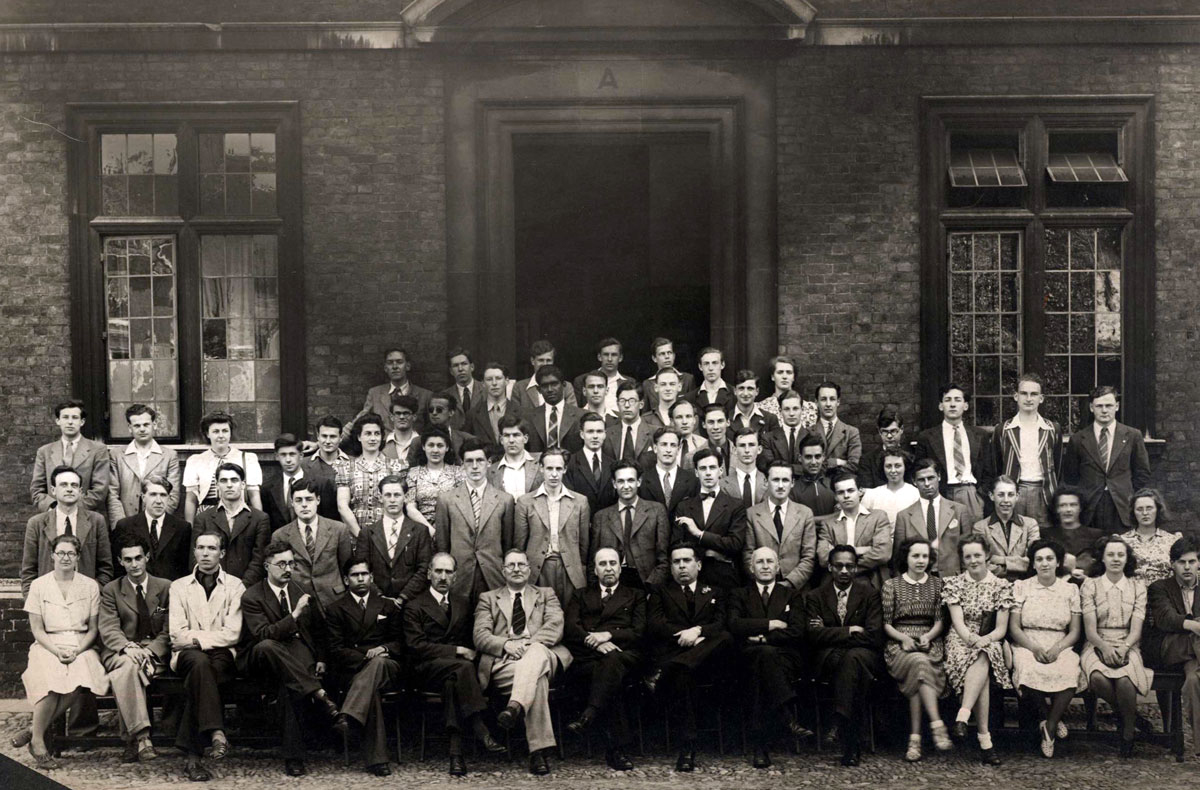
Bartlett students at St Catherine’s College in 1940
1960s
In the 1960s, under the pioneering leadership of Professor Richard Llewellyn-Davies, the faculty restructured to take a more multidisciplinary approach. Llewellyn-Davies sought to bring together science and art in architectural study. This was in response to student protests in 1958 against the traditional Beaux Arts teaching at the school.
Following this, Reyner Banham became the first Chair of Architectural history in 1964. Ralph Hopkinson, the first Chair of Environmental Design and Engineering, was appointed in 1965. This reflected a shift to a broader conception of architectural study.
1966 saw Duccio Turin appointed as the London Master Builders Association Chair of Building. Turin founded the Building Economics Research Unit at UCL, dedicated to the economic aspects of construction. This would be the precursor to the School of Construction and Project Management (now the Bartlett School of Sustainable Construction).

Richard Llewellyn-Davies (Llewelyn-Davies Yeang)
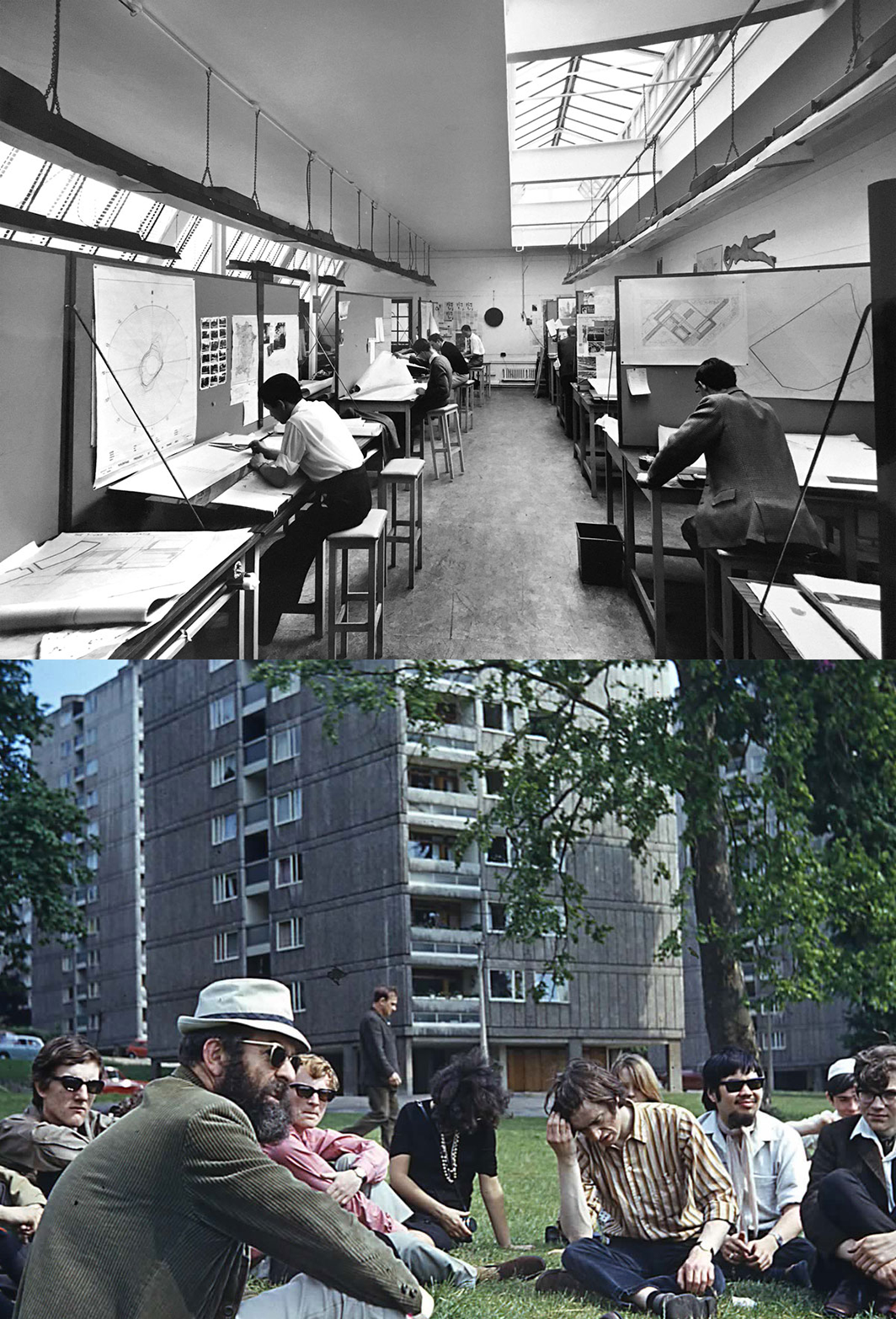
Students working in the Pearson Building, 1961 (Historic England Archive); Reyner Banham giving a field lecture
1970s
Otto Königsberger’s Development Planning Unit became part of UCL in 1971. This organisation, founded in 1954, was originally known as the AA Department of Tropical Architecture. This reflected a more international view, acknowledging that European urban planning approaches weren’t necessarily the best approach for developing nations.
The Space Syntax Laboratory was founded in 1972. This lab takes a scientific approach to the idea of ‘space’ in architecture, looking at how people move and interact. This is rooted in empiricism, looking at how environments actually are, rather than how they should be.
In 1975, the School of Architecture moved from its home in the quadrangle to Wates House, in nearby Gordon Street. This space, now simply known as 22 Gordon Street, remains the home of The Bartlett School of Architecture.
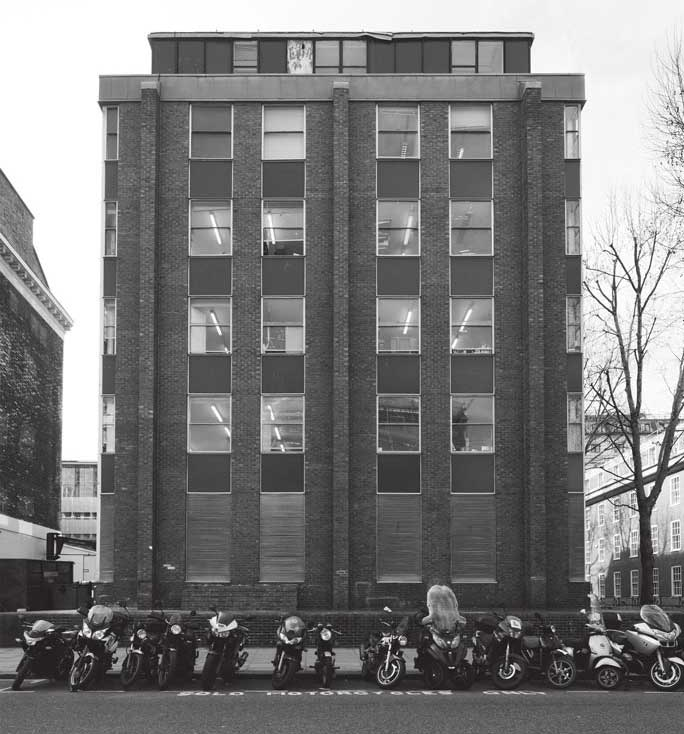
Wates House in 1975 (M Clayton)
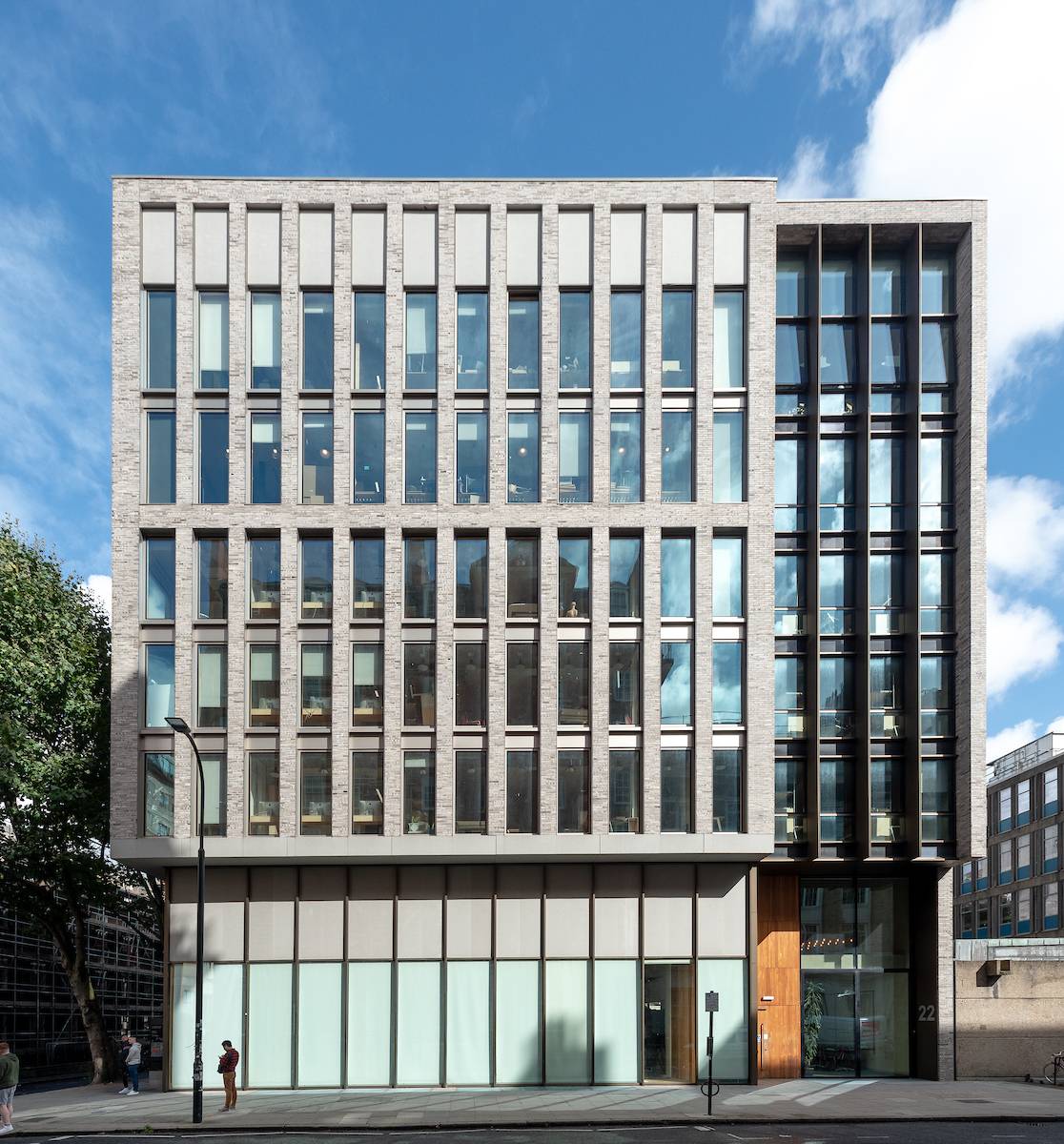
The now-refurbished 22 Gordon Street (Richard Stonehouse)
1990s
1992 saw the foundation of the Bartlett School of Graduate Studies. This was the home of postgraduate study at The Bartlett until 2014. It awarded over 6,000 master’s degrees and around 300 PhDs over this period.
In this year, we also became The Bartlett Faculty of the Built Environment. Until this point, we had been the only department in the Faculty of Environmental Studies.
The Centre for Advanced Spatial Analytics (CASA) was founded in 1995. This was an interdepartmental collaboration between The Bartlett and the Departments of Geography, Geomatic Engineering and Archaeology. The goal of CASA is to build a science of cities, using cutting edge methods in modelling, complexity, visualisation and computation.
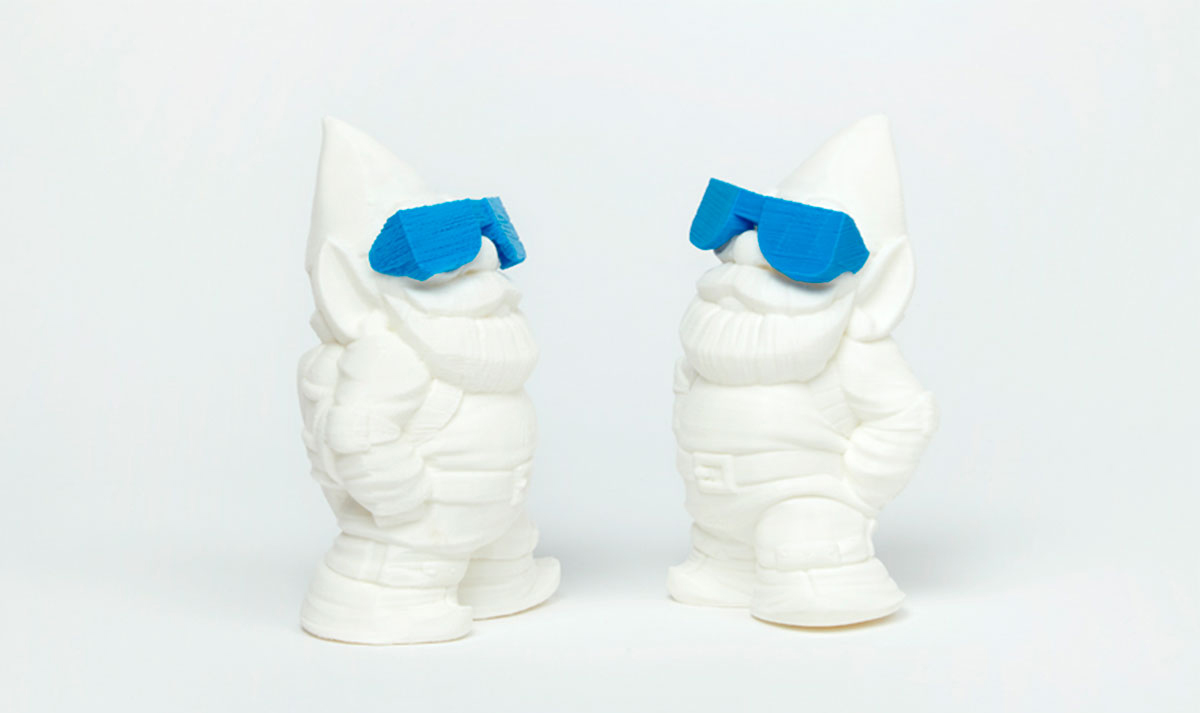
CASA's Smart Gnomes (Emma Todd)
2000s
Professor May Cassar founded the Centre for Sustainable Heritage in 2001, which became the Institute for Sustainable Heritage in 2014. This institute is an acknowledgement of the importance of understanding the heritage of the built environment, alongside its future.
The School of Construction and Project Management was founded in 2002. This school brought together The Bartlett’s degree courses and research in these fields. It was headed by Peter Morris, who had pioneered the idea of the management of projects.
The Energy Institute was founded Tadj Oreszczyn in 2009. This was funded by the Provost’s office, with the goal of establishing a world-leading centre in energy demand and consumption.
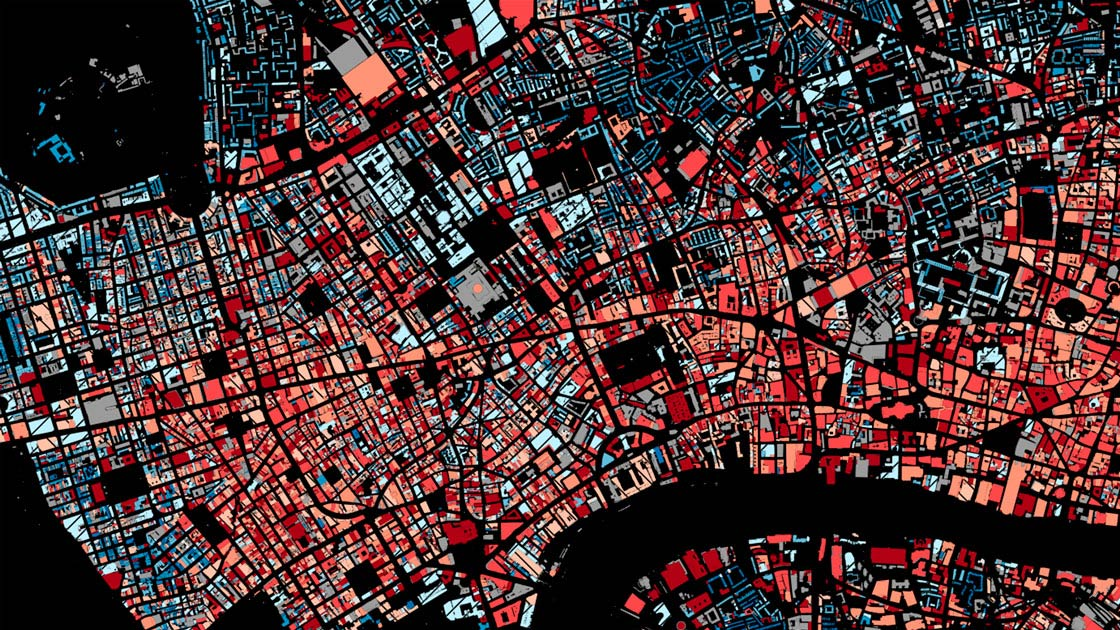
3DStock model of inner London developed by The Bartlett Centre for Energy Epidemiology
2010s
In 2011, BHP Billiton Sustainable Communities provided a donation that enabled the creation of the Institute for Sustainable Resources. The Institute is a unique centre for research and teaching in sustainable resource management, policy and green economics.
In 2013, the Survey of London became part of The Bartlett.
In 2014, the School of Graduate Studies was dissolved. From its dissolution, came two new institutes: the Institute for Environmental Design and Engineering and the Institute for Sustainable Heritage. These were grouped with the Institute for Sustainable Resources and the Energy Institute in The Bartlett School of Environment, Energy and Resources (BSEER).
In 2014, we also added the Institute for Global Prosperity, led by Professor Dame Henrietta Moore. The IGP explores how we can work towards fairer societies, in which prosperity is more equally shared. The Institute for Innovation and Public Purpose followed in 2017. Led by Professor Mariana Mazzucato, this institute is focused on the power of innovation in the public sector.
The Bartlett is also growing physically. We expanded to new premises in Here East in 2018, alongside the UCL Faculty of Engineering. Here East is a innovation and technology campus in the Queen Elizabeth Olympic Park in Stratford. Our new space is a hub for interdisciplinary collaboration, and a base from which to engage with local communities.
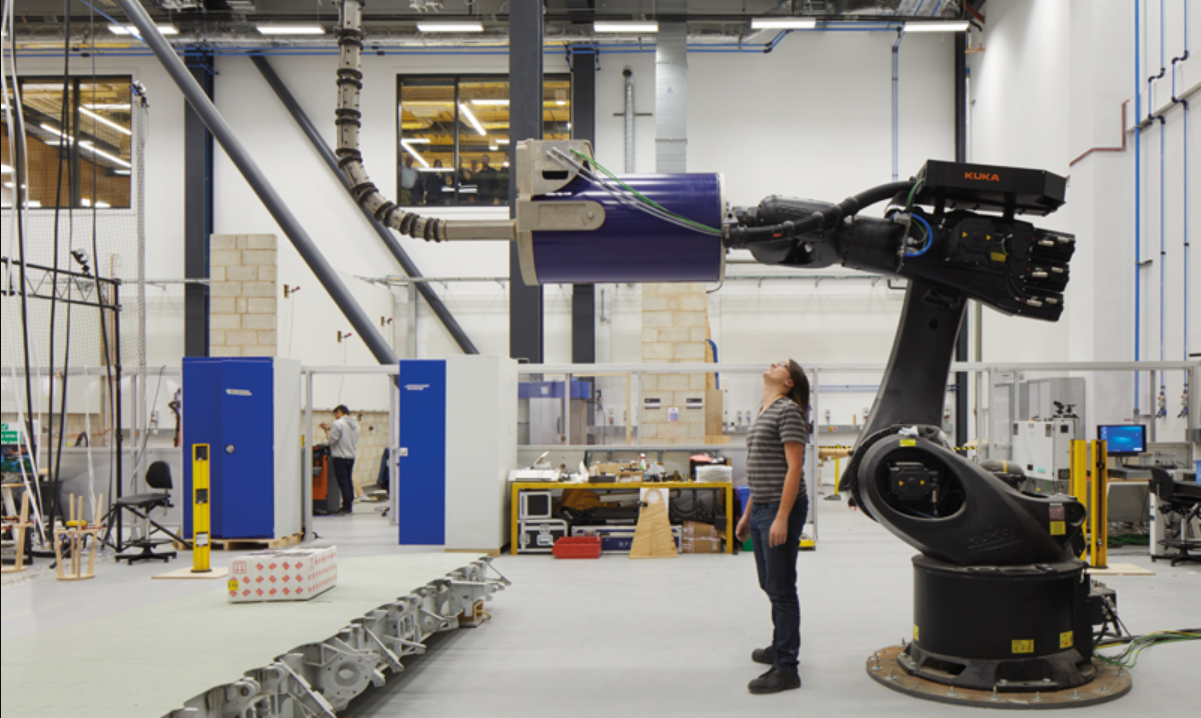
The Bartlett at Here East (Jack Hobhouse)
2020s
The Bartlett continues to grow, becoming increasingly multidisciplinary and interdisciplinary in answer to the complexity of built environment challenges.
In 2021, the UCL Urban Laboratory formally became an independent academic unit within The Bartlett. This interdisciplinary research centre was founded in 2005, and brings together diverse expertise to understand urban environments.
This year also saw the School of Construction and Project Management change its name to the School of Sustainable Construction. This reflects the faculty’s acknowledgement that the future of the built environment is tied up with that of the planet.
In 2022, The Bartlett added a second location in Stratford, One Pool Street at the newly opened UCL East. Our vision for this space is ambitious: a collaborative environment to find solutions to the biggest transdisciplinary built environment challenges. A further building, Marshgate, will open in 2023.
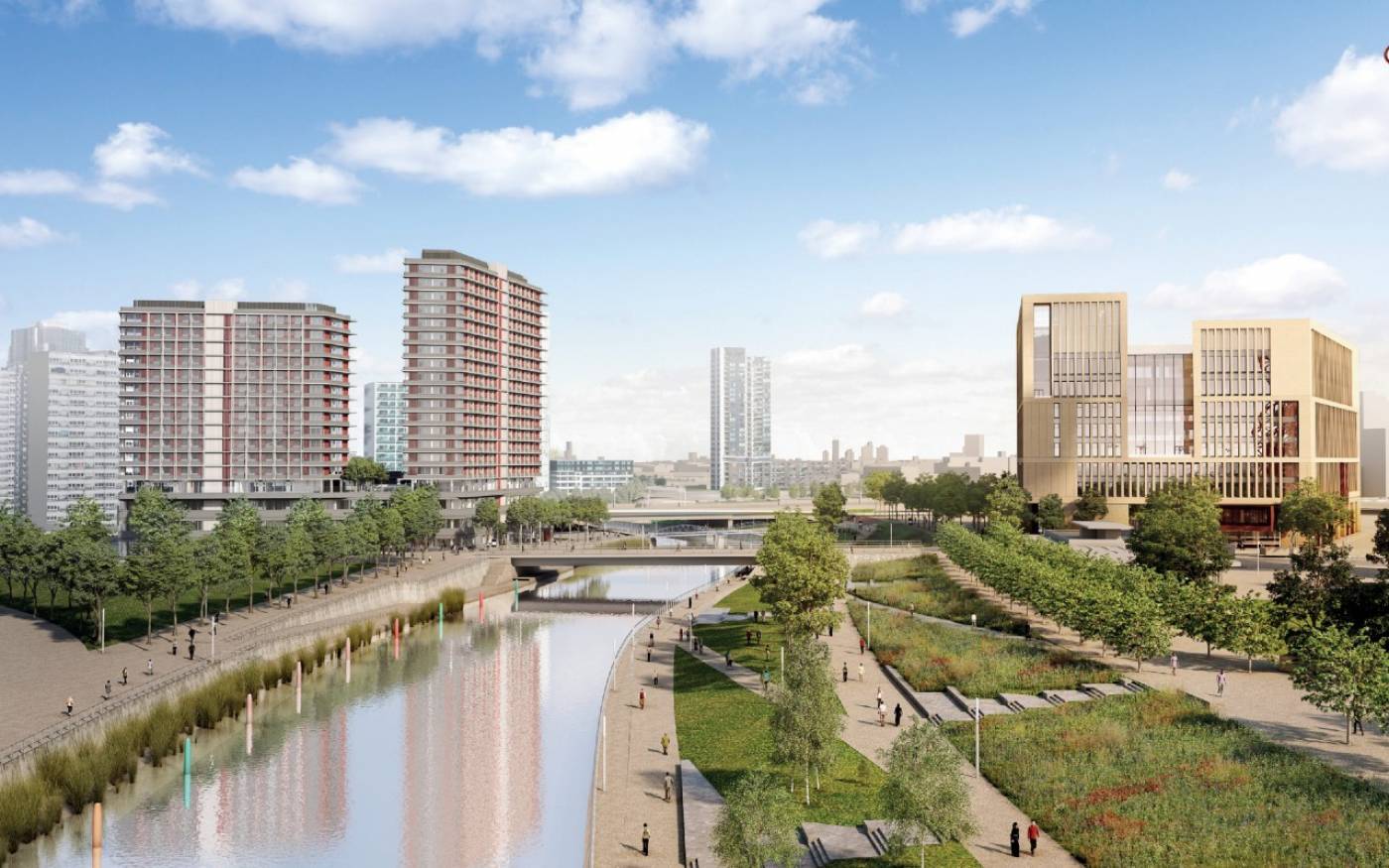
 Close
Close

